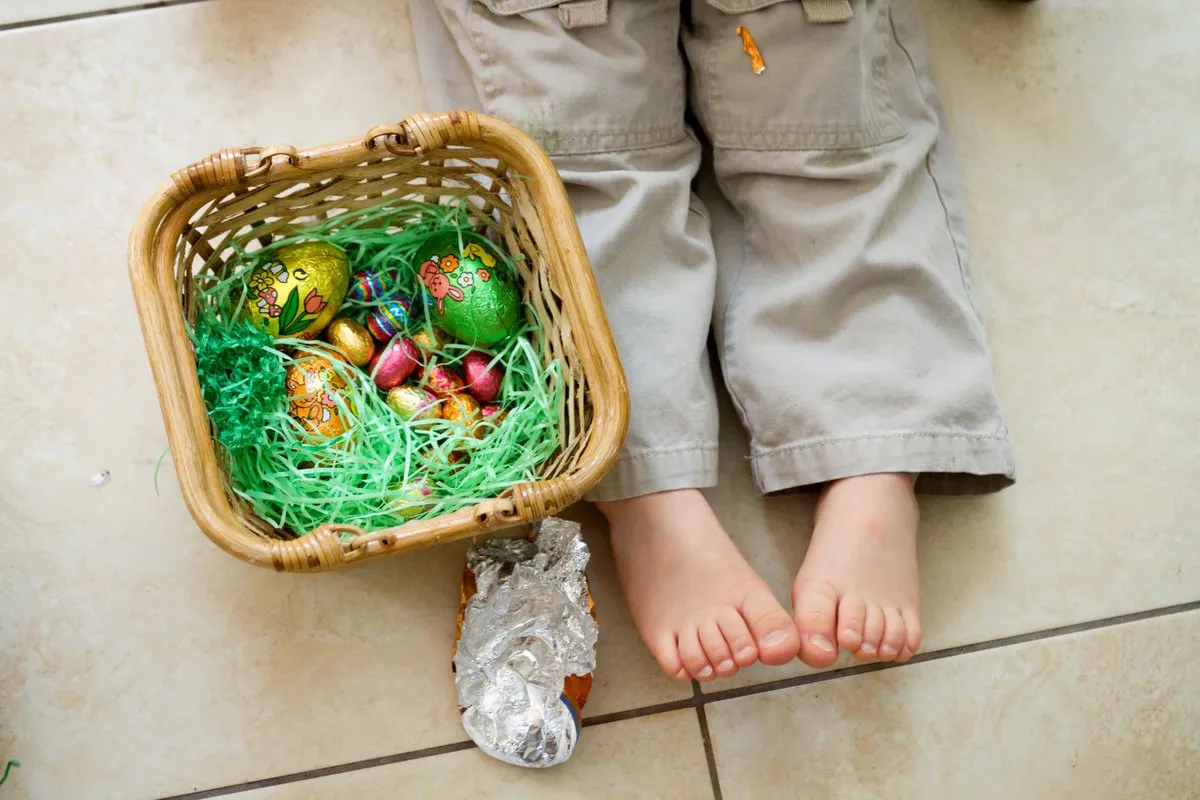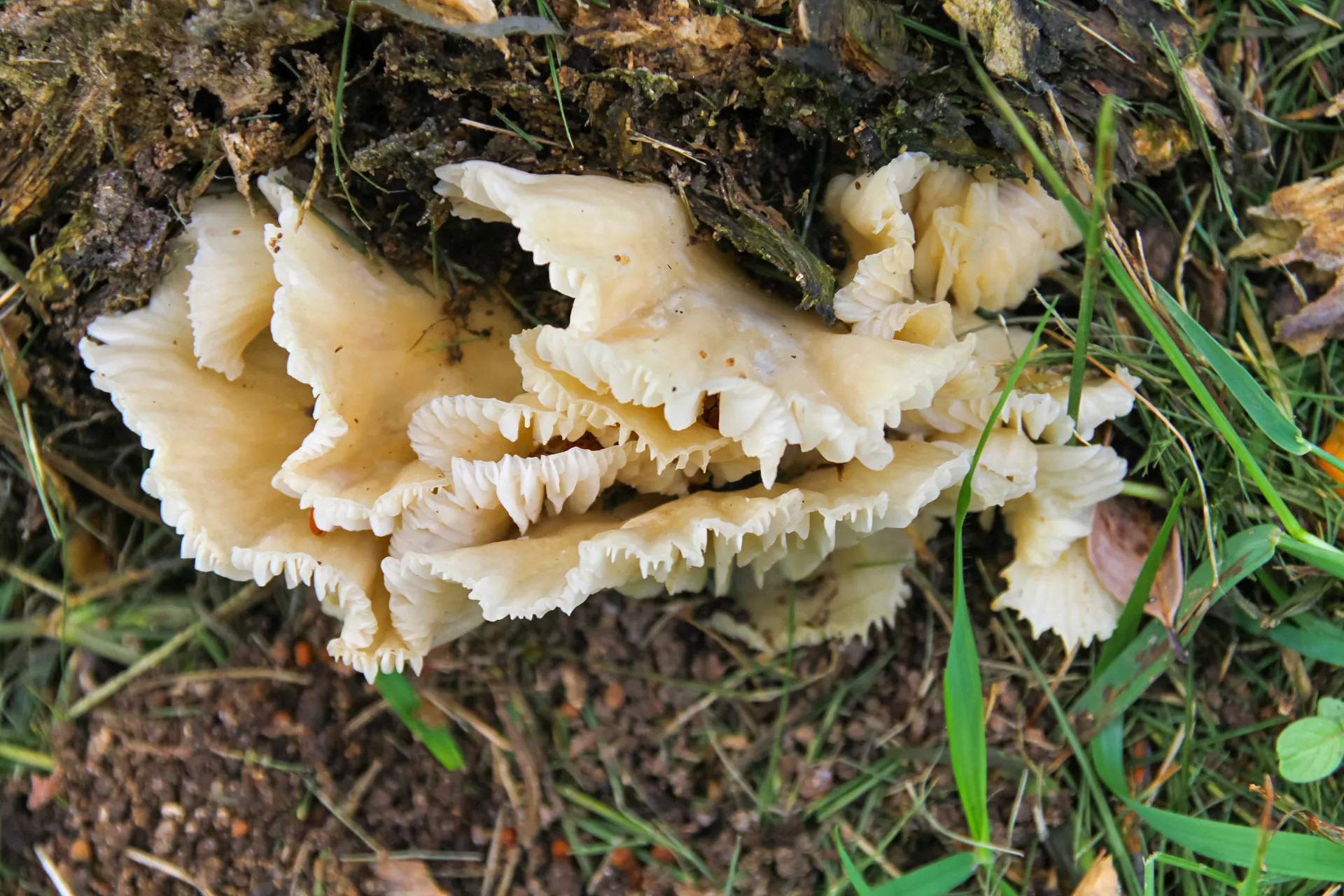Seasonal Gardening Tips for Summer by Anne Gibson
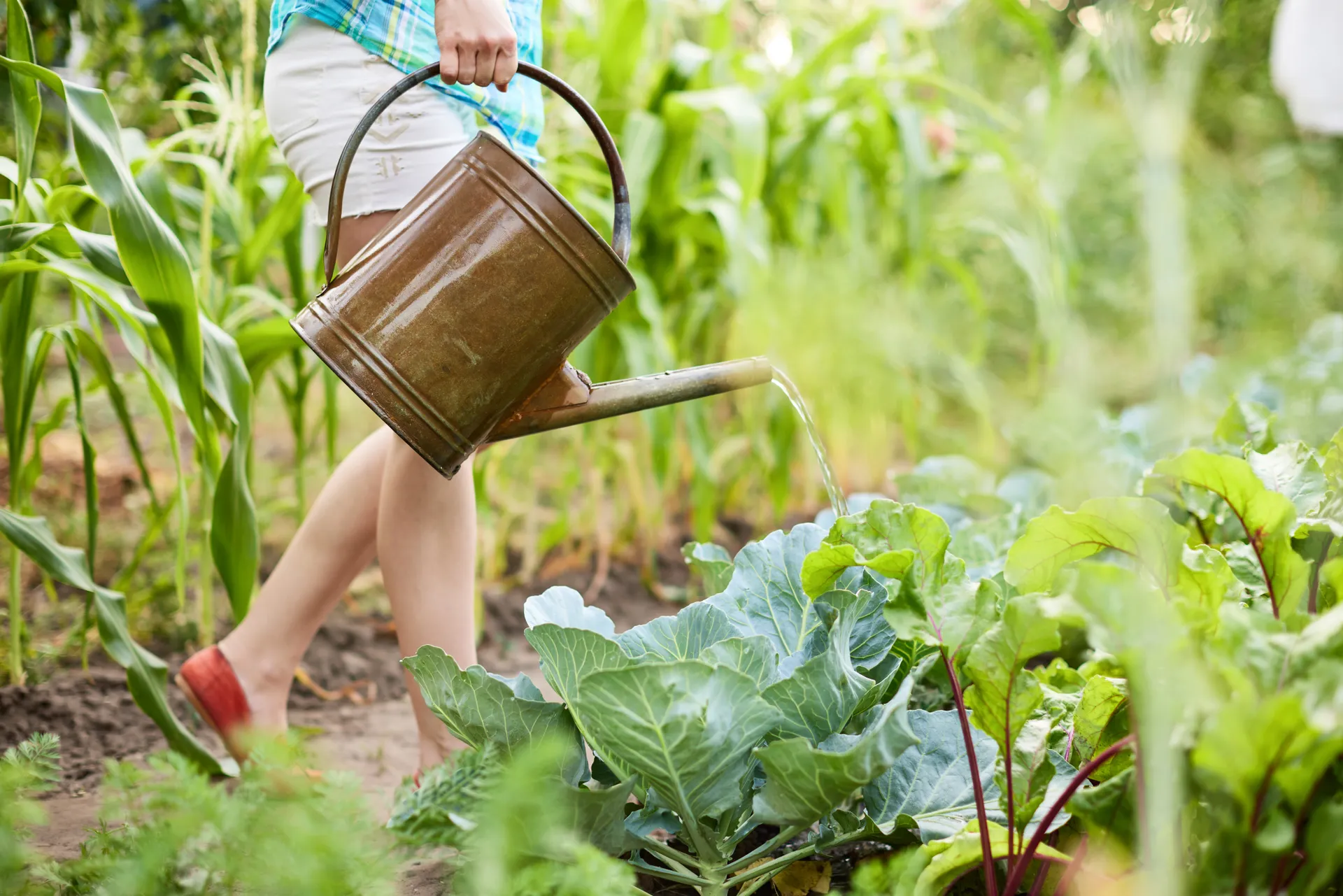
Our long, hot humid summers are the most challenging time of year to grow food and maintain a garden. By being prepared and with good planning, you can enjoy an abundant harvest without too much effort.
Challenges during Summer
As the humidity and temperatures increase, pests, diseases and weeds grow in number too! Fruit flies, grasshoppers, aphids and ants, caterpillars, slugs, snails, whitefly, scale, leaf miners and citrus gall wasps, powdery mildew, sooty mould and black spot are some of the most common problems. It can feel like an uphill battle so a variety of preventative and maintenance strategies are needed to keep these in check!
The heat also makes it uncomfortable to be outdoors, so try to get out early or late in the day during the cooler temperatures to plant, water and maintain your garden.

Tips to Protect your Crops
- Build healthy soil. Plants that are nutrient-deficient, water or heat-stressed are most likely to come under attack. Pests and diseases target weak or damaged plants, so remineralising your soil and providing trace elements with liquid seaweed are some easy ways to prevent attack and strengthen your plants. Check your soil pH, maintain moisture and recycle nutrients in your kitchen and garden waste to make compost. This is a sustainable way to feed your soil and grow resilient plants.
- Encourage beneficial insects into your garden to pest manage for you. By sowing flowers and allowing your ornamental plants, vegetables and herbs to go to flower, you provide nectar and pollen for predatory insects like hoverflies and ladybirds who feed on aphids, scale and mealybugs. Avoid using any chemicals to attract helpful predators like praying mantids, dragonflies, assassin bugs, spiders and parasitic wasps. These insects take care of a wide variety of pests including grasshoppers, caterpillars and sapsuckers.
- Use crop covers like shadecloth, a shadehouse, bird-safe exclusion netting, row covers and individual fruit bags to protect from flying insects, birds and other hungry animals.
- Grow in containers. Move your plants under cover in hot, wet or stormy weather. Edibles in pots are portable, easier to protect and maintain, and use less water.
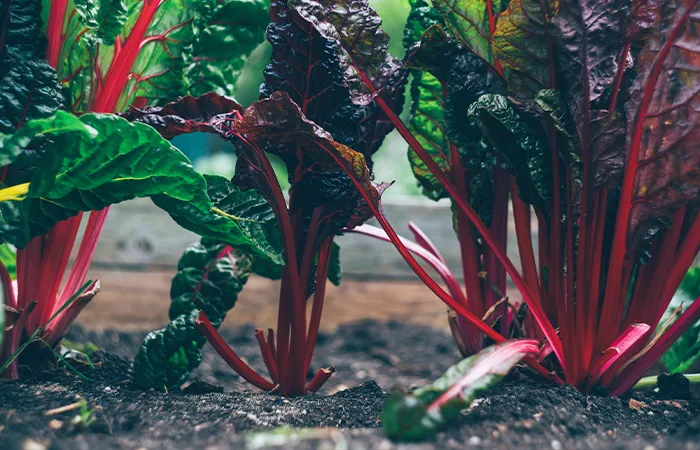
Easy ways to maintain your garden bed over summer
If it’s all in the ‘too hard basket’ and you need a break, you may want to consider taking some garden zones out of play during summer. Here are a few options:
- Build your soil – then set and forget. Add a layer of organic matter like manure or garden green waste and rock minerals to a garden bed you want to reinvigorate. Mulch thickly over the top after watering in and allow summer rain and heat to break it all down ready for planting next season.
- Grow a living ground cover like sweet potatoes to minimise weeds while giving you food. Sow a few sprouting sweet potatoes or plant some runners. The vines are thick and very effective at keeping weeds at bay while also flowering, providing tender green shoots for salads and stir fries, and delicious tubers.
- Grow a warm season green manure to enrich the soil for planting and suppress weeds. There are many suitable seeds you can sow as a cover crop over a garden bed or larger area. Chop the crop back before flowering to add valuable minerals to the soil. Some varieties also act as a biofumigant to remediate soil infested with nematodes. You can lightly turn these into the top layer of the soil to compost or leave insitu as a mulch. Then you’ll be ready to plant into replenished soil.
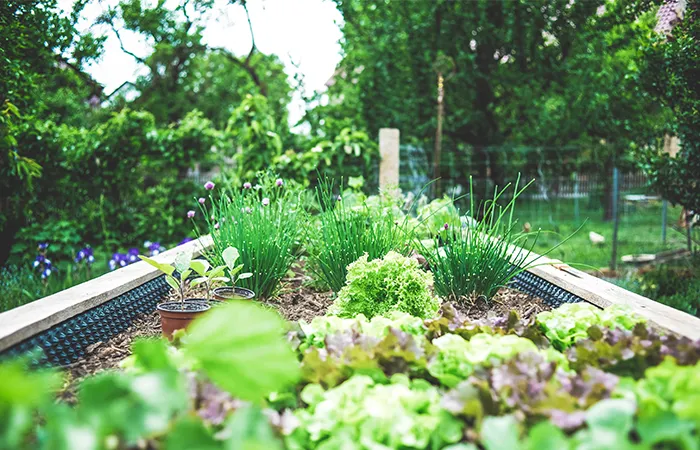
Leafy greens and homegrown salad Ingredients
Just when we crave salads, many of our favourite leafy greens are challenging to grow. Quite a few lettuce varieties bolt to seed in the heat, as does rocket if grown in the wrong position. Here are a few ideas for keeping leafy greens on your menu during summer.
- Sow heat-tolerant pick ‘n’ pluck lettuce cultivars. Forget hearted varieties – they bolt too easily! Try 'Marvel of Four Seasons', 'Freckles', 'Salad Bowl Green', 'Buttercrunch'; 'Royal Oakleaf' (my favourite), 'Green Mignonette' and 'Lollo Rossa' which are adapted for heat and humidity. In summer, I only sow lettuces where they receive early morning sunlight and dappled light or shade for the rest of the day. Create a suitable microclimate in a self-watering pot to prevent them bolting to seed or use a shade cover.
- Pick young tender shoots and leaves from vegetables. Young sweet potato leaves, baby beetroot and pumpkin, chard, spinach, sorrel, mustard and kale leaves are ideal to add to salads when small.
- Grow summer spinach varieties. Aibika, Brazilian Spinach, Ceylon or Malabar Spinach, Cranberry Hibiscus, Egyptian Spinach, Kangkong, Lagos Spinach, Lebanese Cress, Moringa, New Zealand Spinach or Warrigal Greens, Okinawa Spinach, Sambung Nyawa and Suranim Spinach are a few heat-loving varieties to try.
- Grow microgreens. These baby leaf herbs and vegetables are delicious, highly nutritious, quick to harvest from seed to feed in just 7-21 days, depending on the variety. You don’t have to worry about the heat of summer outdoors as you can sow seeds and raise into baby leaf greens on your kitchen bench or a sunny indoor windowsill.
Garden Tasks
- Check fruit fly traps. After rain, they become particularly active! Re-bait as necessary.
- Harvest fruits and vegetables regularly in hot humid conditions before they rot or are attacked.
- After rain, when soil is moist, add compost or slow-release fertiliser and rock minerals to replenish nutrients that have leached. Water in or time your fertilising before more rain and cover with mulch.
- Check mulch levels on pots and garden beds. Mulch helps minimise moisture loss and weed growth, while adding nutrients to build soil health.
- Install protective crop covers over garden beds to prevent damage from high temperatures, drying or destructive winds, heavy rain and hail during storms.
- Fertilise your citrus trees – they fruit most of the year and have a high need for nutrients during summer.
- Add a bird bath for your wildlife and shallow bee bath for pollinators.
While summer weather can be challenging at times, it can also be a highly productive season and period of growth. Harvest what you can and apply these tips to grow healthy fresh ingredients and maintain your garden.
Related Resources:
- Top Tips for Wet Weather Gardening
- How to Restore Waterlogged Pot Plants
- 9 Strategies to Help Combat Common Edible Garden Problems
Join my free newsletter for more monthly tips. Enjoy the harvest! Cheers, Anne
The Micro Gardener





